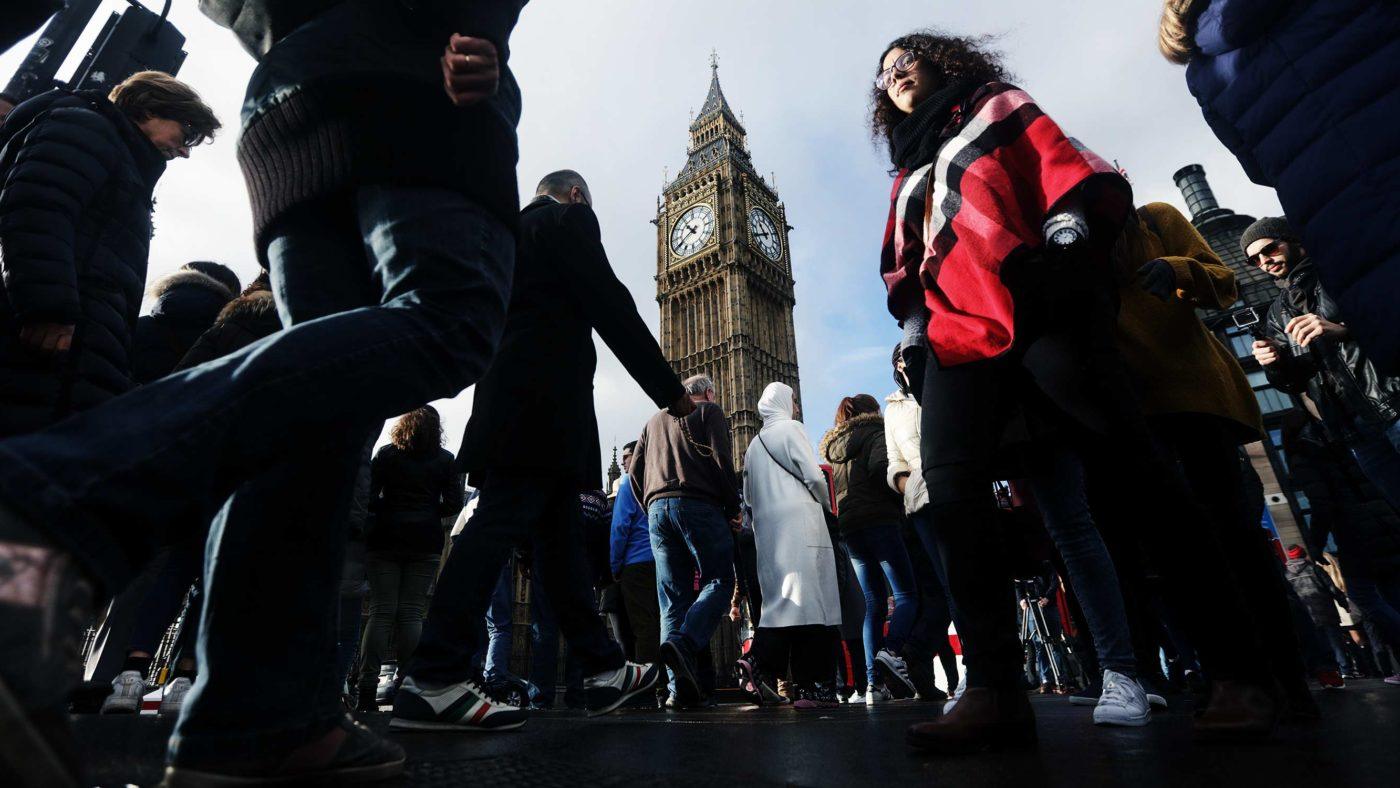Theresa May has barely had time to draw breath given recent events, but it is one of the curiosities of her government that, of all its priorities, we probably know the least about the direction of her economic policy.
It’s not a totally blank canvas. The Prime Minister has made clear that she wants an economy that works for everyone, and has created a bespoke department to deliver her industrial strategy. Likewise, her Chancellor, Philip Hammond, is known as a fiscal hawk with tax-cutting instincts and has made clear his commitment to smooth the path through the uncertainty of Brexit.
But the Autumn Statement will be the first real insight into the Government’s tax and spend strategy.
The new Chancellor has plenty of positives to build on, thanks to his predecessor. George Osborne punctured the Left-wing myth that Conservatives cut taxes for the rich at the expense of the poor. Those on £10-15,000 are paying 59 per cent less income tax than under Gordon Brown, while those earning a million or more are paying an extra 17.5 per cent.
Nevertheless, overall, we are being taxed more than under Labour. Tax revenue has increased by £141 billion, rising from 35 to 36 per cent of GDP. Middle-class families have felt the pinch. Indeed, the average worker now earns £24,586 per year, and is paying a third more income tax (£670 each year).
That has a regionally diverse impact. Median earners in London and the South East are paying more tax than most across the rest of the country, but facing higher costs of living. Take housing: the average house in London costs 11 times the mean annual earnings, and the equivalent in the South East nine times mean earnings. That compares with the North East, where houses are seven times mean earnings, or Scotland and Northern Ireland where the ratio is below five. So, what should be done about it?
Theresa May has said she wants to help, not just the poorest, but also those in work who are only “just getting by”. Her party’s mission should be to support and incentivise the striving classes, from the lowest paid to the middle classes, by enabling them to keep more of the fruits of their labour.
That must start with the working poor. We have taken the three million lowest paid out of income tax, but not all payroll taxes. Raising the threshold for paying National Insurance to the same level as the personal allowance, would leave someone on £11,000 per year £350 better off. That will make a material difference to low-income families feeling the squeeze from the cost of living, and incentivise the transition from welfare to work with broader benefits for the economy. It would cost around £7 billion per year to deliver.
Next, those “just getting by”, which includes most basic rate income taxpayers. A bold – but deliverable – tax plan would take a penny off the basic rate of tax, each year for five years, reducing it to 15 per cent. This would end up saving the average worker £1,110 per year. It would cost an estimated £22 billion in revenue.
Yet, arguably the most squeezed group is those earning £43,000 or more, because the marginal rate of tax soars at that point. Of course, many of these earners are not hard up, but they are by no means loaded either. They are middle-class households, living disproportionately in expensive parts of the country, and the taxman has them firmly in his sights. Since 2010, 1.4 million more people have been sucked into paying the 40p rate of income tax, a 45 per cent increase.
While the first priority for tax cuts should be low-income workers, it’s not fair to rob middle-class Peter to pay working-class Paul. A radical approach would be to mirror the tactic for the basic rate, and take a penny off the higher rate each year for five years. That would deliver a 35p rate of tax. It would, then, save the average higher rate taxpayer £2,753 per year, and someone on £45,000 would save £1,700 per year. The cost to the Treasury would rise to £5 billion per year.
It is also worth considering the “additional rate” of income tax, now at 45 per cent. When the 50p rate was cut, it delivered £7.8 billion in additional revenue. The 2015 Mirless review of tax concluded that the optimal highest rate of income tax, for revenue purposes, should not exceed 40 per cent, a conclusion backed up by former chancellor, Lord Lawson.
Wider research, such as Karel Martens’ study of US tax policy since 1950, supports the argument that lower tax rates can stimulate economic activity, curb tax avoidance and increase revenue. For this reason, scrapping the 45p rate should be considered at the end of the 5 year period, to enable the culmination of UK income tax into two bands – at 15 per cent and 35 per cent.
This five year plan would deliver a lower and flatter income tax regime. It would provide a major stimulus to the economy, boost consumer confidence, and give a financial boost to every low and middle-income household, sending an unambiguous message that the new government is on the side of both working and middle class families – the striving classes – right across Britain.
Given the difficulties in estimating the dynamic effects it would have on the economy and revenue, any responsible government would need to be prepared to make savings in spending. The Government should look to end ring-fencing departmental budgets or indexing spending to GDP (beyond current manifesto pledges), and move towards means-testing middle class – including grey – welfare.
The Prime Minister has made a bold and ambitious start. This tax plan would demonstrate the Conservatives are serious about shaping an economy that serves the whole of aspirational Britain.


